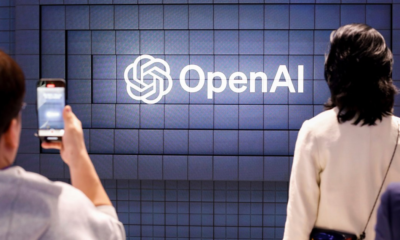Tech News
Shrinking Technology, Expanding Horizons: Compact Chips Advance Precision Timing for Communications … – NIST
An official website of the United States government
Here’s how you know
Official websites use .gov
A .gov website belongs to an official government organization in the United States.
Secure .gov websites use HTTPS
A lock ( ) or https:// means you’ve safely connected to the .gov website. Share sensitive information only on official, secure websites.
https://www.nist.gov/news-events/news/2024/03/shrinking-technology-expanding-horizons-compact-chips-advance-precision
NIST researchers test a chip for converting light into microwave signals. Pictured is the chip, which is the fluorescent panel that looks like two tiny vinyl records. The gold box to the left of the chip is the semiconductor laser that emits light to the chip.
The National Institute of Standards and Technology (NIST) and its collaborators have delivered a small but mighty advancement in timing technology: compact chips that seamlessly convert light into microwaves. This chip could improve GPS, the quality of phone and internet connections, the accuracy of radar and sensing systems, and other technologies that rely on high-precision timing and communication.
This technology reduces something known as timing jitter, which is small, random changes in the timing of microwave signals. Similar to when a musician is trying to keep a steady beat in music, the timing of these signals can sometimes waver a bit. The researchers have reduced these timing wavers to a very small fraction of a second — 15 femtoseconds to be exact, a big improvement over traditional microwave sources — making the signals much more stable and precise in ways that could increase radar sensitivity, the accuracy of analog-to-digital converters and the clarity of astronomical images captured by groups of telescopes.
The team’s results were published in Nature.
What sets this demonstration apart is the compact design of the components that produce these signals. For the first time, researchers have taken what was once a tabletop-size system and shrunken much of it into a compact chip, about the same size as a digital camera memory card. Reducing timing jitter on a small scale reduces power usage and makes it more usable in everyday devices.
Right now, several of the components for this technology are located outside of the chip, as researchers test their effectiveness. The ultimate goal of this project is to integrate all the different parts, such as lasers, modulators, detectors and optical amplifiers, onto a single chip.
By integrating all the components onto a single chip, the team could reduce both the size and power consumption of the system. This means it could be easily incorporated into small devices without requiring lots of energy and specialized training.
“The current technology takes several labs and many Ph.D.s to make microwave signals happen,” said Frank Quinlan, NIST physical scientist. “A lot of what this research is about is how we utilize the advantages of optical signals by shrinking the size of components and making everything more accessible.”
To accomplish this, researchers use a semiconductor laser, which acts as a very steady flashlight. They direct the light from the laser into a tiny mirror box called a reference cavity, which is like a miniature room where light bounces around. Inside this cavity, some light frequencies are matched to the size of the cavity so that the peaks and valleys of the light waves fit perfectly between the walls. This causes the light to build up power in those frequencies, which is used to keep the laser’s frequency stable. The stable light is then converted into microwaves using a device called a frequency comb, which changes high-frequency light into lower-pitched microwave signals. These precise microwaves are crucial for technologies like navigation systems, communication networks and radar because they provide accurate timing and synchronization.
“The goal is to make all these parts work together effectively on a single platform, which would greatly reduce the loss of signals and remove the need for extra technology,” said Quinlan. “Phase one of this project was to show that all these individual pieces work together. Phase two is putting them together on the chip.”
In navigation systems such as GPS, the precise timing of signals is essential for determining location. In communication networks, such as mobile phone and internet systems, accurate timing and synchronization of multiple signals ensure that data is transmitted and received correctly.
For example, synchronizing signals is important for busy cell networks to handle multiple phone calls. This precise alignment of signals in time enables the cell network to organize and manage the transmission and reception of data from multiple devices, like your cellphone. This ensures that multiple phone calls can be carried over the network simultaneously without experiencing significant delays or drops.
In radar, which is used for detecting objects like airplanes and weather patterns, precise timing is crucial for accurately measuring how long it takes for signals to bounce back.
“There are all sorts of applications for this technology. For instance, astronomers who are imaging distant astronomical objects, like black holes, need really low-noise signals and clock synchronization,” said Quinlan. “And this project helps get those low noise signals out of the lab, and into the hands of radar technicians, of astronomers, of environmental scientists, of all these different fields, to increase their sensitivity and ability to measure new things.”
Creating this type of technological advancement is not done alone. Researchers from the University of Colorado Boulder, the NASA Jet Propulsion Laboratory, California Institute of Technology, the University of California Santa Barbara, the University of Virginia, and Yale University came together to accomplish this shared goal: to revolutionize how we harness light and microwaves for practical applications.
“I like to compare our research to a construction project. There’s a lot of moving parts, and you need to make sure everyone is coordinated so the plumber and electrician are showing up at the right time in the project,” said Quinlan. “We all work together really well to keep things moving forward.”
This collaborative effort underscores the importance of interdisciplinary research in driving technological progress, Quinlan said.
Paper: Igor Kudelin et al. Photonic chip-based low noise microwave oscillator. Nature. Published online March 6, 2024. DOI: 10.1038/s41586-024-07058-z
Webmaster | Contact Us | Our Other Offices
Tech News
Senators to seek billions for AI research, push for regulation – The Washington Post

Crafted by a bipartisan group of senators, the plan reviews a host of issues — including AI’s effect on the military, health care and workers. It could be released as soon as Tuesday.
A bipartisan group of senators, including Majority Leader Charles E. Schumer, will unveil a long-awaited “road map” this week for regulating artificial intelligence, directing Congress to infuse billions of dollars into research and development of the technology while addressing its potential harms.
The sprawling directive comes almost a year after Schumer (D-N.Y.) called for an “all hands on deck” push to regulate AI, saying Congress needed to accomplish years of work in months.
Tech News
Postdoctoral fellows grow research at Virginia Tech – Virginia Tech
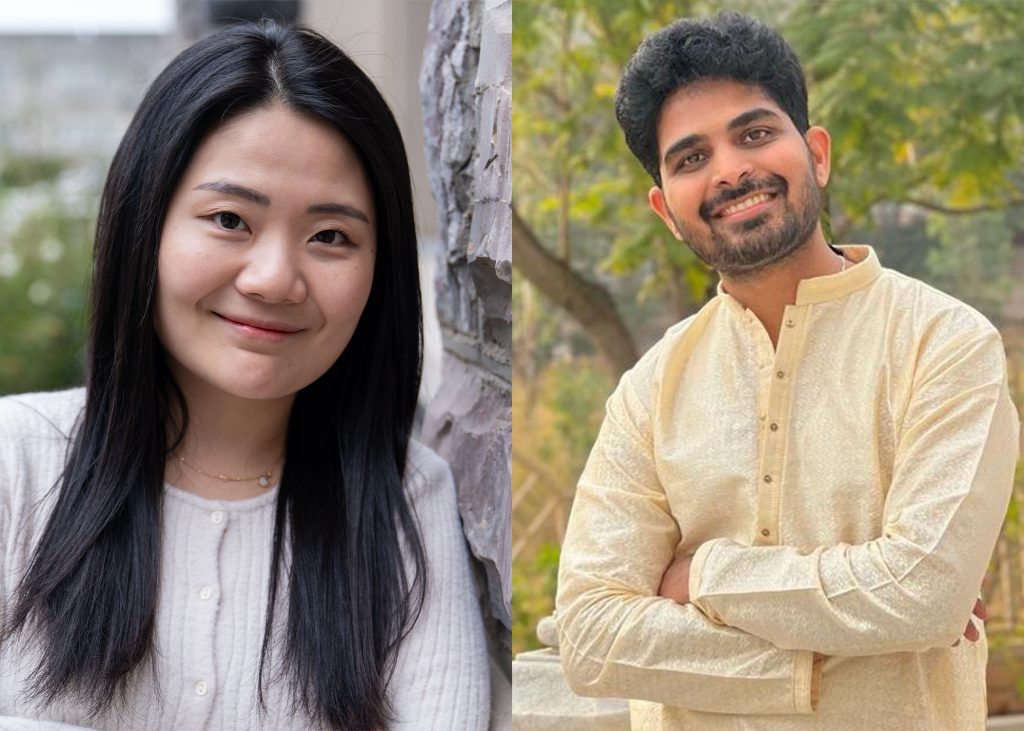
Two new postdoctoral fellows in the Department of Computer Science have joined the growing ranks of independent scholars contributing to the discipline while growing their nascent careers.
13 May 2024
The Department of Computer Science recently added its first two Presidential Postdoctoral Fellows, JinYi Yoon and Adithya Kulkarni.
They join the ranks of more than 200 postdoctoral scholars working across every Virginia Tech college and institute to advance the pursuit of knowledge and develop into the next generation of experts in their fields.
In 2022, to support the capacity of postdoctoral fellows to initiate innovative and exciting projects, the university established the Office of Postdoctoral Affairs to serve this important community.
“Our office sees our mission as supporting postdoctoral scholars through program and resource sharing so they can develop the skills and confidence they need to excel as researchers and also go out and serve the world in whatever career they choose, post-postdoc,” said Chris Smith, postdoctoral affairs program administrator.
That same year, the competitive Presidential Postdoctoral Fellowship was established. It seeks to strengthen the university’s ability to recruit outstanding, diverse postdoctoral associates by offering up to two years of salary and benefits, $10,000 for training and professional development, as well as formal mentoring. The fellowship is offered twice a year.
Yoon and Kulkarni talked about their work and their hopes for the program
Please explain what a postdoctoral fellow is and what you’ll be doing for the department and the university. Why did you choose Virginia Tech for your postdoctoral work?
A postdoctoral fellow is a researcher who holds a doctoral degree and is involved in advanced research. My primary goal is to contribute to Virginia Tech through conducting high-quality research. Additionally, I aim to share my experience by mentoring graduate students and participating in grant writing initiatives. I aspire to nurture long-term collaborations for sustained research projects and draw diverse international researchers to the university.
Virginia Tech offers an ideal environment for my research interests due to its strong faculty expertise, research centers, and industry collaborations. These centers facilitate potential collaborations with artificial intelligence (AI) experts, while the university’s partnerships with industries perfectly align with my research focus on edge intelligence and intelligent network systems.
Also, I am working with Bo Ji, and his work in machine learning (ML), networking, security/privacy, and mixed reality, particularly in edge intelligence, aligns well with my research objectives. His mentorship, conference organization, academic networking, grant pursuit, and curriculum development opportunities are essential for my future career as an educator, and I anticipate collaborating with other mentors and fellows to enhance our collective efforts. In addition to that, I really like Blacksburg.
What are you hoping to accomplish with your postdoctoral research?
Certainly, the most important focus is to conduct high-quality research in collaboration with Virginia Tech. My research interests are centered around machine learning-driven networked systems, particularly in the domains of edge intelligence and federated/split learning. Edge intelligence, also known as edge AI, refers to AI on edge devices such as smartphones or other devices located close to where data is generated, often near the user.
Although this area is both timely and captivating, it necessitates an understanding of both networking and AI concepts. While I currently align more closely with networked systems researchers, I aim to use my time at the university to develop into a proficient ML-driven networked systems researcher. I am deeply committed to becoming a researcher and educator, and this fellowship presents an invaluable opportunity to advance toward these goals, contributing to the ongoing research endeavors at Virginia Tech. I am very excited about collaborating with fellow postdoctoral researchers across diverse fields of study with the guidance of respected mentors, and this collaboration sets the stage for sustained research projects.
What advice do you have for students interested in becoming a postdoctoral fellow?
It’s quite a challenging question, as this is my first postdoc position. So far, I’ve come to realize that it is important to clarify long-term career goals and research interests. While it is possible to explore a wide range of research areas, as a postdoc and independent researcher, having a specific — yet flexible — focus can be advantageous. This does not mean doing the same things as before; instead, I want to emphasize the need to broaden your research experience without losing sight of your unique perspective.
Although it may be difficult to find a university or research institution that aligns with your research interests, once you secure a position, I believe the postdoc experience becomes invaluable for building professional relationships with fellow researchers and peers in your field, extending beyond the scope of your Ph.D. studies.
Please explain what a postdoctoral fellow is and what you’ll be doing for the department and the university.
The postdoctoral fellowship is a research-oriented position to train me for the next steps in my career and help me grow as a researcher, mentor, and lecturer. As a postdoctoral fellow, I will be combining the power of graph learning and large language models (LLMs) to develop approaches that enable explainability, interpretability, replicability, and, thus, the general robustness of LLMs. Furthermore, I will be mentoring graduate students working with my advisors Dr. Dawei Zhou and Dr. Lifu Huang. I plan to teach introductory computer science courses at Virginia Tech.
Why did you choose Virginia Tech for your postdoctoral work?
I adore the research work conducted by my advisors, Dawei Zhou and Lifu Huang. With their mentorship and guidance, I want to strengthen my research capabilities and increase the scope of my research. Furthermore, I learned about the exceptional training and support the Office of Postdoctoral Affairs provides to help postdocs grow professionally. I also wanted to be part of the vibrant community at Virginia Tech.
What are you hoping to accomplish with your postdoctoral research?
With my research, I plan to address hallucination issues faced by LLMs and overcome the requirement of labeled data for training LLMs. My research will apply to many domains, such as e-commerce, biomedicine, social networks, and natural language processing in general. Within computer science research, my work will drive research forward toward LLM explainability, interpretability, and general robustness. My postdoctoral research will continuously generate research papers, workshops, and tutorials on natural language processing, AI, data mining, and machine learning conferences.
What advice do you have for students interested in becoming a postdoctoral fellow?
A postdoctoral fellowship will help you strengthen your understanding of the research in your field of study and help you grow as a researcher and mentor. You will learn to become an independent researcher and gain mentorship experience, which will be pivotal to having a successful career both as a research faculty or as a researcher in a corporate setting. The experience of your advisors will help you gain exposure to research, grant writing, and teaching courses, which are seldom learned during a Ph.D. Virginia Tech has exceptional postdoctoral training and support, and I suggest becoming a postdoctoral fellow to grow professionally.
Written by Tayler Butters, a senior English major in the College of Liberal Arts and Human Sciences
Chelsea Seeber
540-231-2108
Virginia Tech demonstrates impact as a global land grant – progressing sustainability in our community, through the Commonwealth of Virginia, and around the world.
Get Directions
See All Locations
Contact Virginia Tech
For the media
© 2024 Virginia Polytechnic Institute and State University. All rights reserved.
Tech News
OpenAI’s newest AI model can hold a humanlike conversation – NBC News
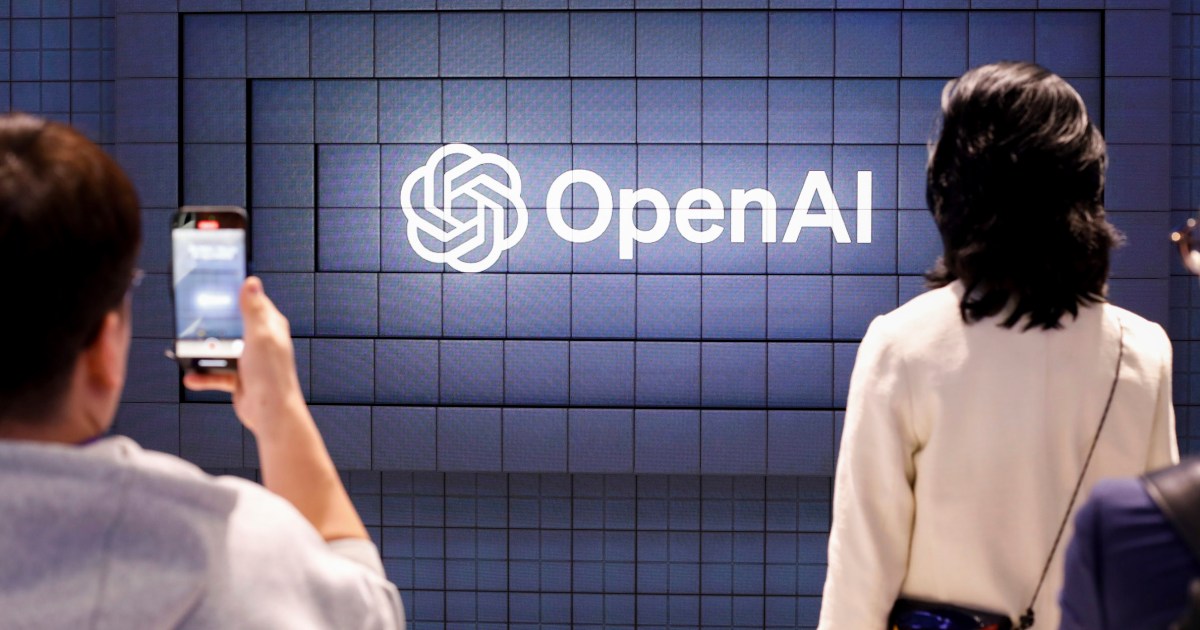
Profile
Sections
tv
Featured
More From NBC
Follow NBC News
There are no new alerts at this time
OpenAI has introduced its most comprehensive artificial intelligence endeavor yet: a multimodal model that will be able to communicate to users through both text and voice.
GPT-4o, which will be rolling out in ChatGPT as well as in the API over the next few weeks, is also able to recognize objects and images in real time, the company said Monday.
The model synthesizes a slew of AI capabilities that are already separately available in various other OpenAI models. But by combining all these modalities, OpenAI’s latest model is expected to process any combination of text, audio and visual inputs more efficiently.
Users can relay visuals — through their phone camera, by uploading documents, or by sharing their screen — all while conversing with the AI model as if they are in a video call. The technology will be available for free, the company announced, but paid users will have five times the capacity limit.
OpenAI, which is backed by Microsoft, also announced a new desktop app for ChatGPT, its popular chatbot first launched in 2022, on MacOS.
Mira Murati, chief technology officer at OpenAI, said during a livestream demonstration that making advanced AI tools available to users for free is a “very important” component of the company’s mission.
“This is the first time that we are really making a huge step forward when it comes to the ease of use. And this is incredibly important because we’re looking at the future of interaction between ourselves and the machines,” Murati said. “And we think that GPT-4o is really shifting that paradigm into the future of collaboration where this interaction becomes much more natural and far, far easier.”
Team members demonstrated the new model’s audio capabilities during the livestream, and shared clips to social media.
An AI assistant that can reason in real time using vision, text and voice would enable the technology to perform a creative range of tasks — such as walking users through a math problem, translating languages during a conversation and reading human facial expressions.
GPT-4o’s response time is much faster than previous models, Murati said in the livestream. The model significantly improves the quality and speed of its performance in 50 different languages.
It matches GPT-4 Turbo, its latest generation model before GPT-4o, in English and code abilities, according to an OpenAI blog post about the news.
It also surpasses existing OpenAI models in vision and audio understanding, the company wrote. CEO Sam Altman wrote in his own blog post Monday that GPT-4o’s new voice and video features are the “best compute interface [he’s] ever used.”
“It feels like AI from the movies; and it’s still a bit surprising to me that it’s real. Getting to human-level response times and expressiveness turns out to be a big change,” Altman wrote. “The original ChatGPT showed a hint of what was possible with language interfaces; this new thing feels viscerally different. It is fast, smart, fun, natural, and helpful.”
Voice capabilities in ChatGPT are not new — the model has offered users a conversational voice assistant since last fall. But unlike its existing voice mode, Murati said, GPT-4o’s voice feature reacts in real time, getting rid of the two- or three-second lag to emulate human response times.
And unlike in ChatGPT’s previous voice mode, a conversation with GPT-4o can keep flowing even if users interrupt it mid-response. During Monday’s demonstration, Mark Chen, head of frontiers research at OpenAI, revealed that GPT-4o can read the user’s tone of voice while also generating a variety of emotion in its own voice.
This new model comes on the heels of the company’s latest — still unreleased — text-to-video model Sora, which made waves in tech and entertainment circles in recent months after it was unveiled in February.
OpenAI’s announcement also rolled out just a day before Google’s annual I/O developer conference, scheduled for Tuesday, where the tech giant is expected to give updates on its latest AI-related developments as well.
In 2023, a record $29.1 billion was invested across nearly 700 generative AI deals, CNBC reported.
Angela Yang is a culture and trends reporter for NBC News.
© 2024 NBC UNIVERSAL
-

 General Knowledge2 years ago
General Knowledge2 years agoList of Indian States and Capital
-

 General Knowledge2 years ago
General Knowledge2 years agoList Of 400 Famous Books and Authors
-
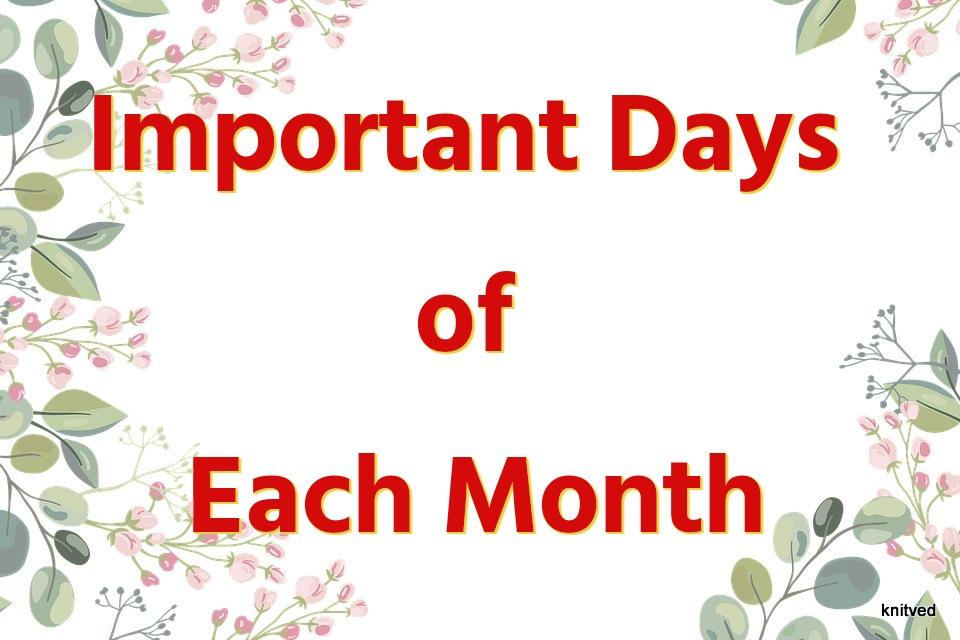
 Important Days4 years ago
Important Days4 years agoImportant Days of Each Month
-
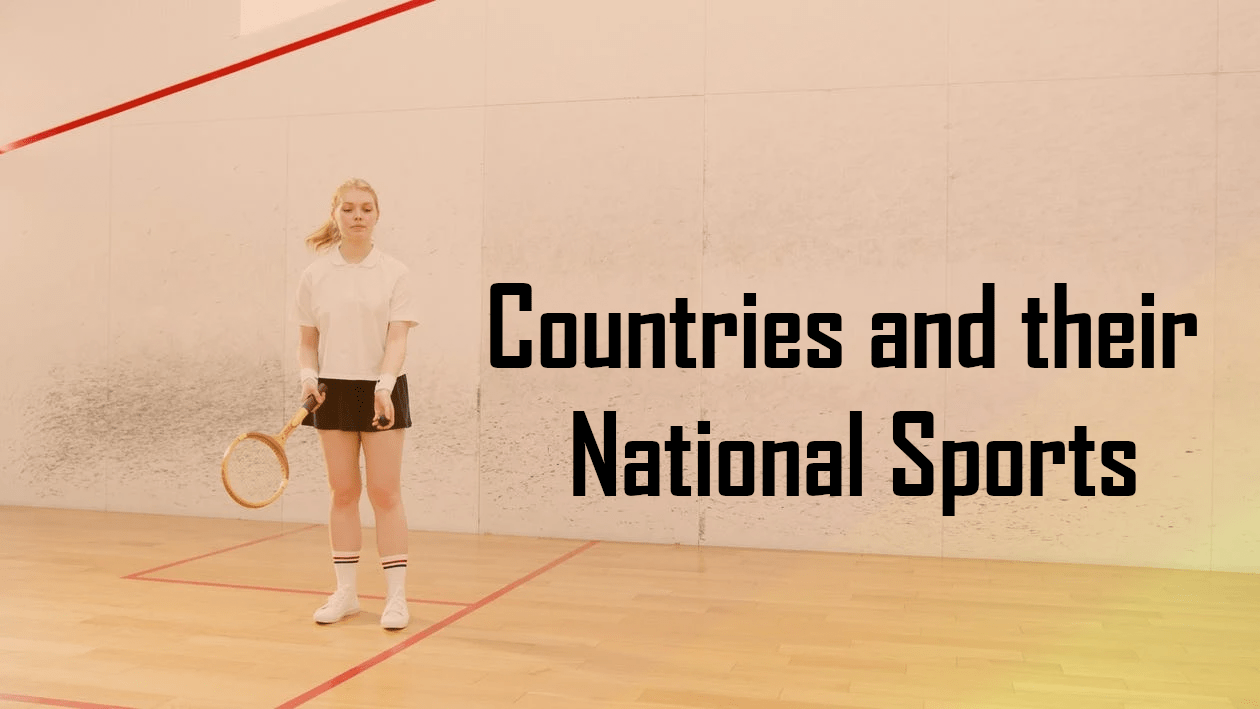
 General Knowledge2 years ago
General Knowledge2 years agoCountries and their National Sports
-

 General Knowledge3 years ago
General Knowledge3 years agoCountry Capital and Currency
-

 Important Days3 years ago
Important Days3 years agoHoli
-
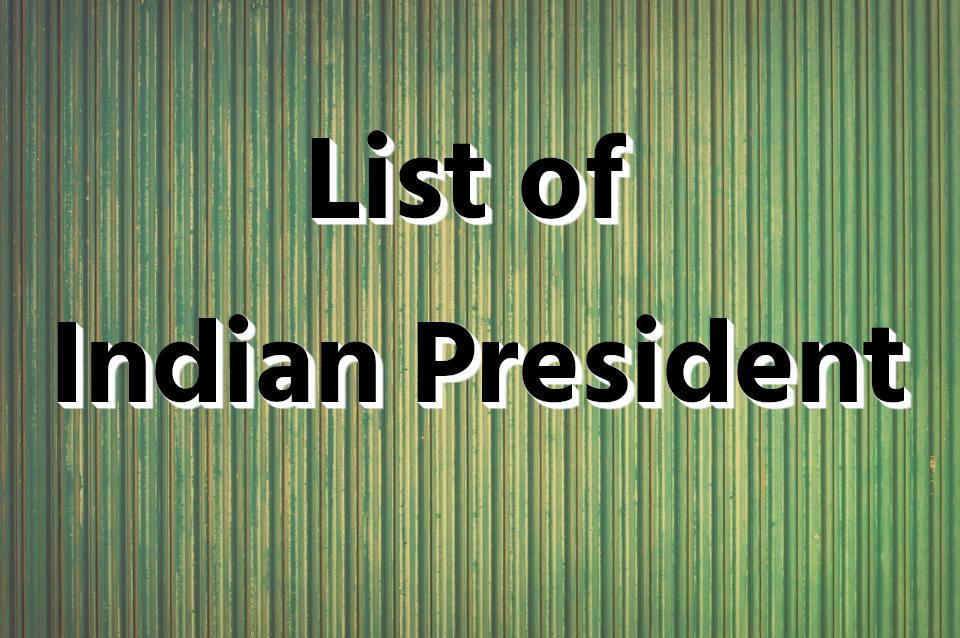
 General Knowledge2 years ago
General Knowledge2 years agoList of Indian President
-
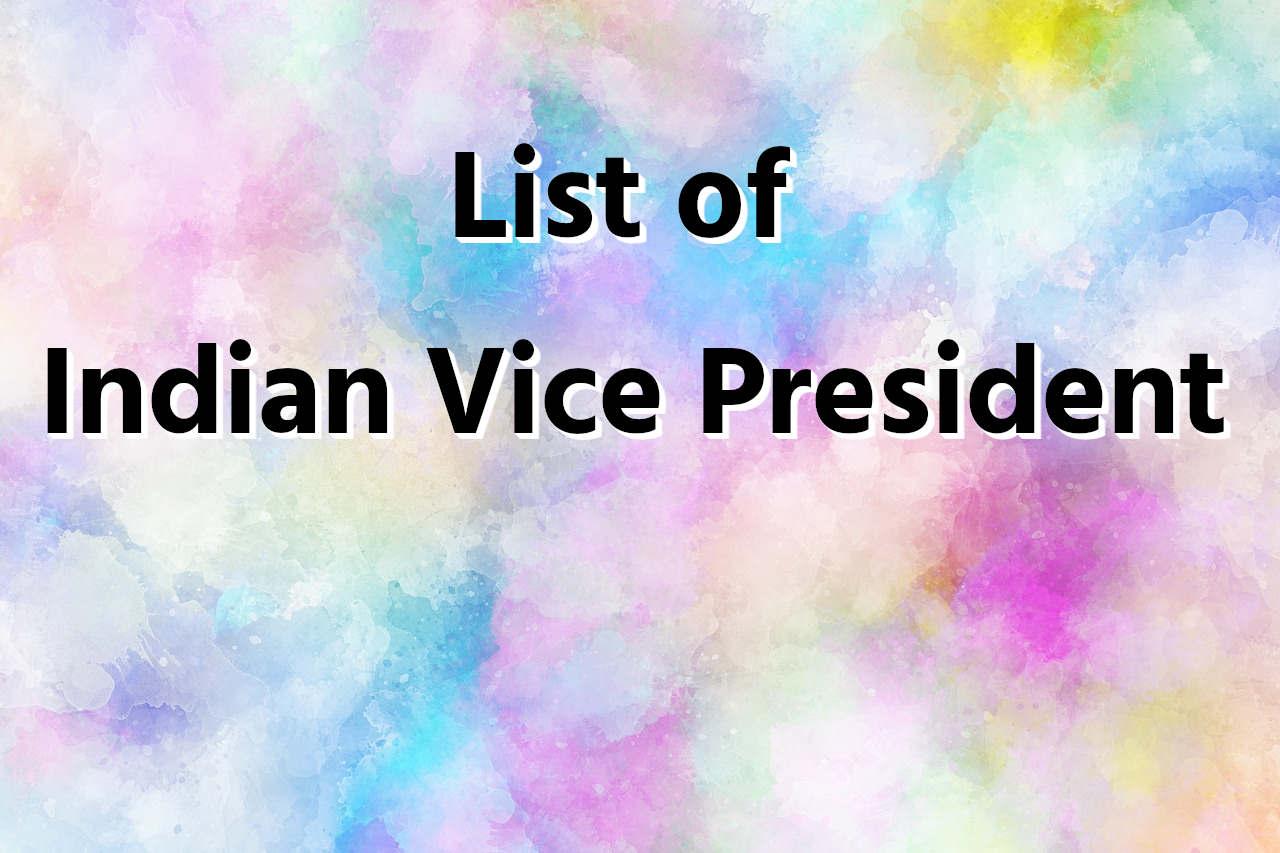
 General Knowledge2 years ago
General Knowledge2 years agoList of Indian Vice President





